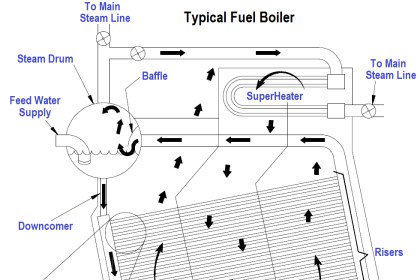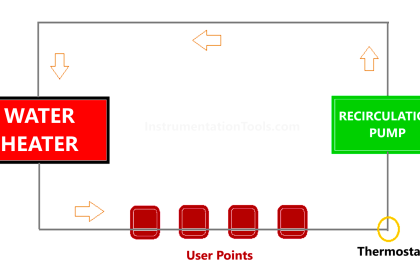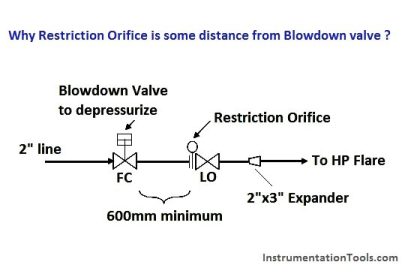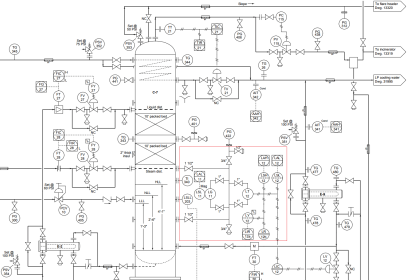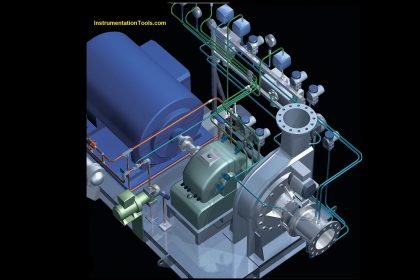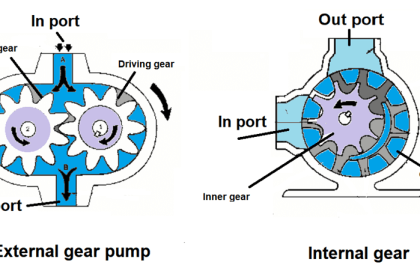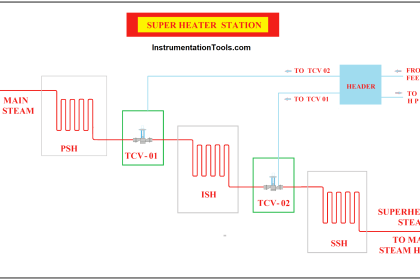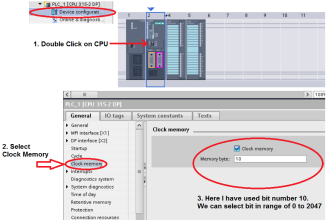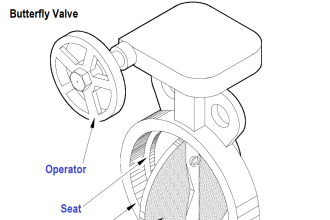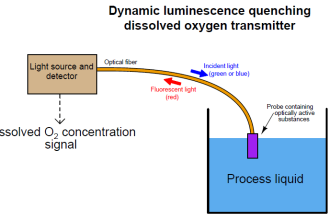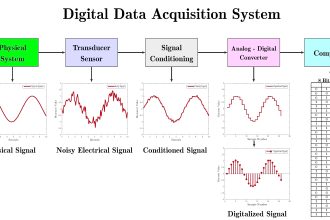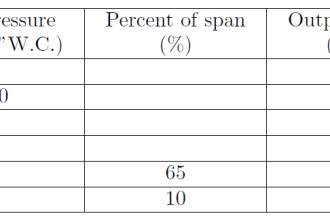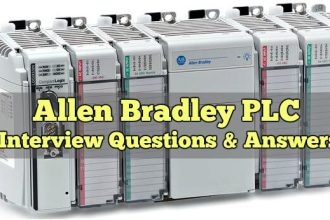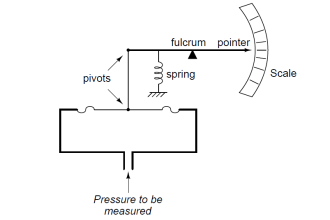In an industry, it is always required to exchange heat from a hot media to a cold media or vice versa. In that case, the hot media will become colder and the cold media will become hotter.
Depending on the application, this heat transfer is a very important requirement for processes to function. It is to be noted that all this action is possible through a device called a heat exchanger.
Most of the processes in an industry use a heat exchanger. For example, consider a simple chiller unit. It uses a heat exchanger for chilling warm water and in return, the refrigerant gas becomes warmer. The cycle repeats until a set temperature is achieved and after that, it is maintained throughout.
What is a heat exchanger?
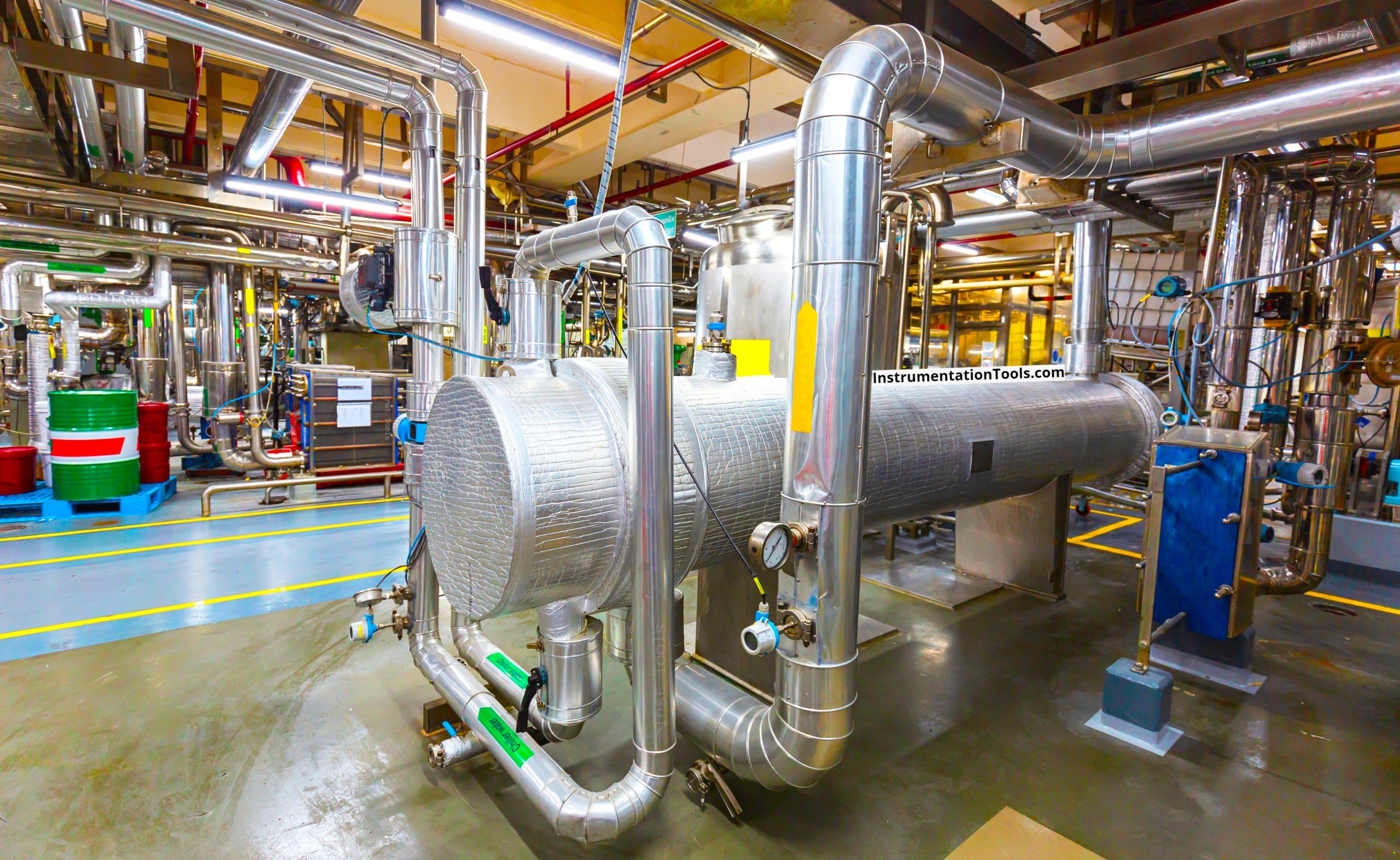
First of all, let us see what a heat exchanger is. According to the philosophy of heat, heat is always transferred from a hot object to a cold object when they both come in contact. In that case, the hot object becomes colder and the cold object becomes hotter. This is called heat exchange.
Now, the device which aids this process is called a heat exchanger. In this heat exchanger device, heat exchange takes place between hot and cold media. So, there are two applications of a heat exchanger – either a hot application will become cold, or a cold application will become hot. Typically, the media or application will be liquid or air/gas.
The heat exchanger does not have a power supply. It is just a mechanical assembly where once the flow of media starts, the exchanger will do its role. It is just like a static building which finds its actual use once the residents move in. Heat exchangers can work for either liquid-to-liquid, liquid-to-gas, gas-to-liquid, or gas-to-gas.
A typical heat exchanger comprises 4 ports – two for inlet and two for outlet. The first media will use one inlet and outlet. The same goes for the second media. When both media start to flow, they interact with each other, exchange heat, and leave through the respective outlets.
The media do not come in direct contact, but they make contact indirectly via a metal or insulation in between (a type of solid wall). Heat exchange works by either radiation, convection, or conduction. This is the basic construction and working of a heat exchanger.
Types of Heat Exchangers
The classification of heat exchangers is based on flow and construction. The sub-classifications are shown below.
1. Based on flow:
- Cocurrent flow – In this type, both the media flow in the same direction parallel to each other.
- Countercurrent flow – In this type, both the media flow in the opposite direction parallel to each other.
- Cross-flow – In this type, both the media flow in the right angle direction to each other.
2. Based on construction:
- Shell and tube – It comprises tubes running in a spiral shape, covered by a shell. One media flows through the tubes, and other media flows through the shell (outside the tubes).
- Plate and frame – It comprises corrugated plates facing each other parallel and comprising or bound in a single frame. Both the media flow in alternate plates. Each of the plates has space inside it to allow the flow of media through it.
- Double tube – It is similar to shell and tube type; the difference is that instead of a shell covering tube, another tube replaces this tube. This means, that one media will flow through one tube which is bigger, and the other media will flow through the second tube which is smaller.
- Media conversion – Media conversion means either a liquid will boil to gas (evaporator or boiler), or a gas will cool down to a liquid (cooling tower or condenser). Here too, heat exchange takes place. The difference in temperature between the two media is the reason for the media changing its state.
In this way, we saw the different types of heat exchangers.
Read Next:
- Chemical Dosing System
- Reciprocating Compressors
- Design of Instrument Air System
- Blowout preventer Principle
- Compare Orifice & Restriction Orifice

